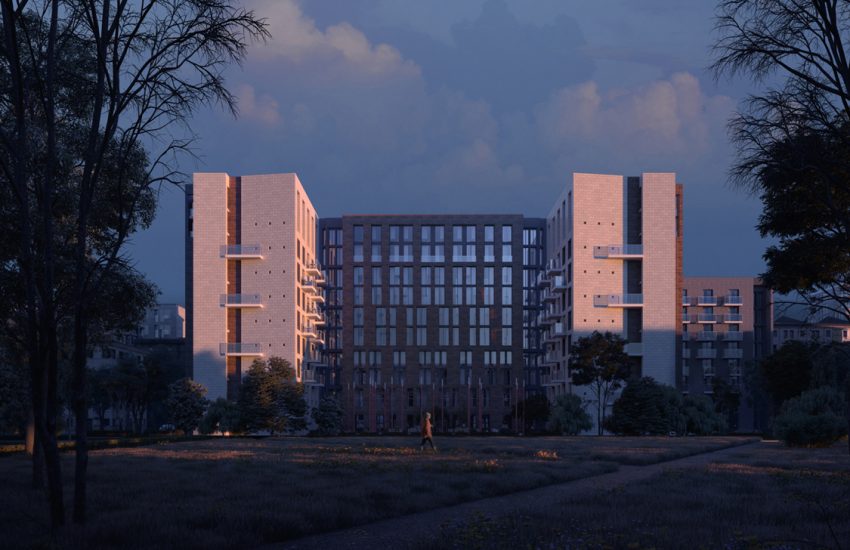CGI architectural animation is an innovative tool that helps Architects win clients’ hearts at presentations. It is a short movie where the future building is shown in photoreal quality. With a 3D animation, the viewers can take a virtual walk through location, and examine all the details. Which gives a life-like experience to the audience, so they get the full understanding of the project.
Therefore, a lot of Architects are already taking benefits from using CGI video. However, few of them are familiar with 3D animation development. As a result, they don’t know all the opportunities it opens in terms of architectural presentation.
One of the advantages of the CGI architectural animation is that it allows to show the building along with its surroundings. This way, the viewers can see how well the design fits the landscape. How it’s possible?
As CGI agency in HCMC or Hanoi is a digital technology, it is logical to suppose that in the 3D architectural animation every detail is created with computer graphics. So both the dwelling and the environment are generated using 3D software. But that’s not necessarily the case. Professional 3D animation can go beyond and show the house project in its real surroundings.
To commission a CGI animation with the real background, the Architect needs to shoot the spot where the construction is going to take place, and attach photo and video files to the brief. With the special software, 3D Artists will compile these materials with the photorealistic model of the building. And then, create the digital movie where the future real estate is demonstrated in its real surroundings. This technology is called match moving, and it’s broadly used for modern CGI architectural animation.
To convey the atmosphere of the location, 3D artists can put people’s figures in animation. For example, they can add shoppers walking around the future mall, travelers checking in at the airport desk, house tenants chilling with their guests on the cottage terrace. Such scenes liven the architectural movies up, and help the viewers imagine how they will spend time in the demonstrated location.
People figures can be digitally modeled or filmed in real life. The first category doesn’t always look super-real, so a 3D animation studio can use Chroma key technology for the footage.
Chroma key is the technique of layering two different videos – one with the place, another with the characters. First, actors are filmed performing on a single coloured backdrop, usually green. Then, the green screen is removed with the help of special editing software. Once it’s done, the backdrop is replaced with the scenes from a CGI Architectural Animation.
3D animation can display the building in all details. In fact, it can even demonstrate how the mechanisms and devices in the house function.This way, the client can immediately see how practical they are and understand how to use them. This feature is called How It Works.
One might think that every detail needs to be created afresh. Actually, this is not always true. CGI Architectural Animation Artists know how to make video development easier.
Some elements, like decor, furniture, plants, can be taken from the 3D visualization company’s base of ready 3D models. For instance, our 3D studio has 47 thousand models available. A 3D artist can select CGI items from there and insert them into the architectural footage. This makes the animation creation easier, so the client has to wait less while the result is still excellent.
When talking about a 3D design video, most people imagine a dynamic film with elaborate special effects. That’s why Architects may think that 3D footage creation is bound to take considerable time and cost. Which will definitely pay off, but what if one needs something simpler?
The truth is that not every CGI animation is a dynamic movie. There is a type of 3D footage called still renders compilation that consists of several photoreal CG images demonstrating the key views of a building. These still 3D visuals are shown in turns, so the movie looks like a slideshow. This animation type is less costly than dynamic one, yet still effective for presentations.
Therefore, if one doesn’t need a full-blown Hollywood-impact architectural movie like the one above, he can go for a still renders compilation. It is much faster, budget-friendlier and gives the audience a comprehensive understanding of a project.
